
Technology moves faster every day. But commercial air travel hasn't changed as quickly as some industries in recent years. Experts project big changes in the next few decades, though, especially as aviation companies deploy significant innovations in design, material sciences and alternative energy sources. Here we take a look at some of changes on the horizon for commercial, cargo and experimental aircraft.
1. N3X
The N3-X concept aircraft, from Boeing and NASA, is based on a blended wing body (BWB) design intended to improve aerodynamics, fuel efficiency and noise emissions. The ultra-wide fuselage would greatly expand carrying capacity for commercial flights.
2. Double Bubble D8
Developed by a research team from the Massachusetts Institute of Technology (MIT), the D8 "Double Bubble" aircraft would be used for domestic flights and is designed to fly at Mach 0.74 carrying 180 passengers in a coach cabin roomier than that of a Boeing 737-800. The D8 could enter service as soon as 2030, NASA says.
3. Quiet Supersonic
From Lockheed Martin, this concept design for a future supersonic aircraft is focused on reducing emissions and creating a quieter boom. A quieter craft would allow supersonic flights over land, where they are currently prohibited.
4. GigaBay
Meanwhile, over on the cargo plane tarmac, the GIGAbay concept envisions a ginormous aircraft powered by four hybrid fuel/electric engines, with supplemental energy provided by hydrogen fuel cells, wind generators and solar panels. The cargo area of the GIGAbay design is so large it could carry other jumbo aircraft, or even mobile field hospitals.
5. VoltAir
Powered by two superconducting electric motors, the concept plane known as the VoltAir (get it?) is a proposed all-electric airliner out of Europe. The engines would draw from next-generation lithium ion batteries - really big ones - that would be simply swapped out between flights.
6. Closed Wing
Some cutting-edge technologies on the horizon are actually modifications of existing designs that have been around for more than a century. To wit, the illustration above imagines the closed-wing "PrandtlPlane" design applied to commercial passenger aircraft. Closed-wing planes have smaller wingspans than traditional aircraft, relative to fuselage size, allowing larger planes to operate out of smaller airports.
7. E Thrust
Another sort of hybrid, the E-Thrust design - from Rolls-Royce and several European partners - uses a combination of gas-turbine engines and battery-powered fans. The jet engines would only kick in when needed, similar to gas/electric hybrid cars. The fans would also be used, on descent, as built-in windmills to recharge the on-board batteries.
8. Solar Impulse
And from the ultralight division, we have the Solar Impulse 2, the latest iteration of the world's most advanced solar-powered, single-seat aircraft. The Swiss team behind the project plans to circumnavigate the planet in 2015, using a team of pilots flying in shifts over the course of about five months.
9. SkyWhale
Finally, from the designer who brought us the GIGAbay cargo plane, the mighty Sky Whale also subscribes to the concept that bigger equals better - and greener. The Sky Whale is a largely theoretical vision for a passenger plane that could seat 755 passengers on three floors, using a combination of alternative power sources. The upshot? More passengers per flight means fewer flights, and fewer emissions.
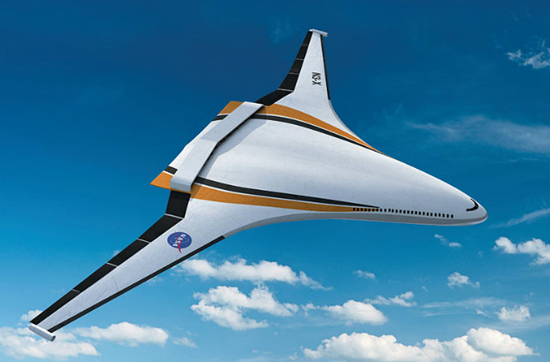
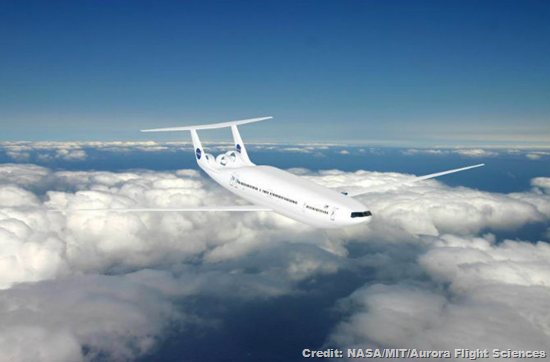
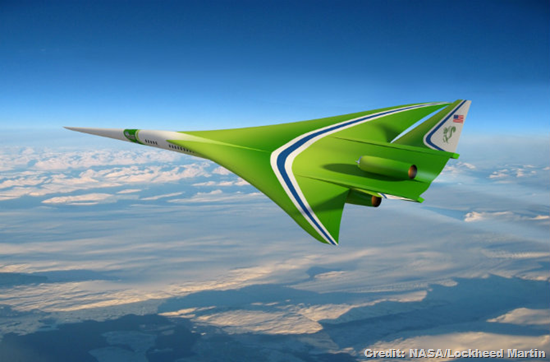

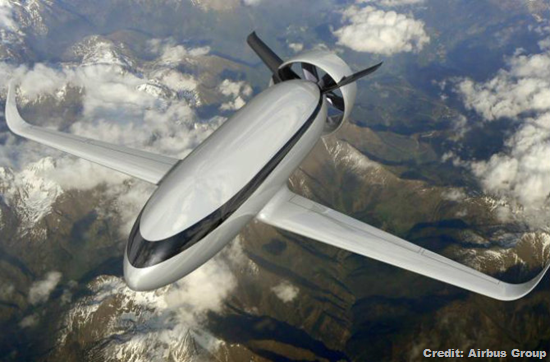
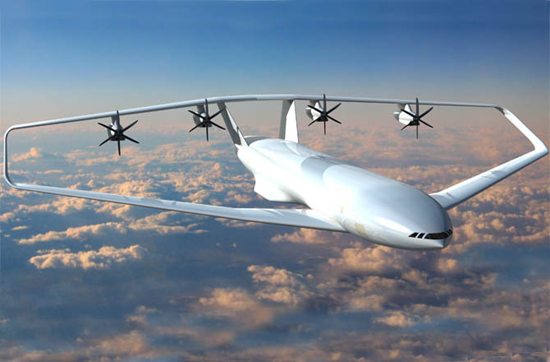

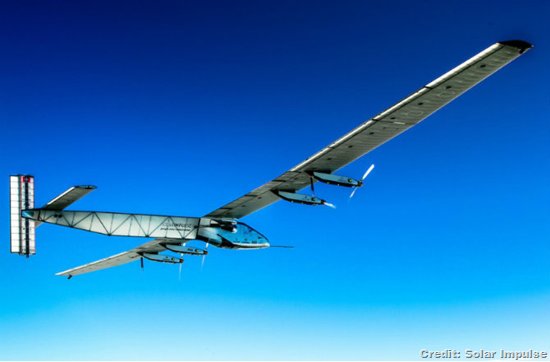
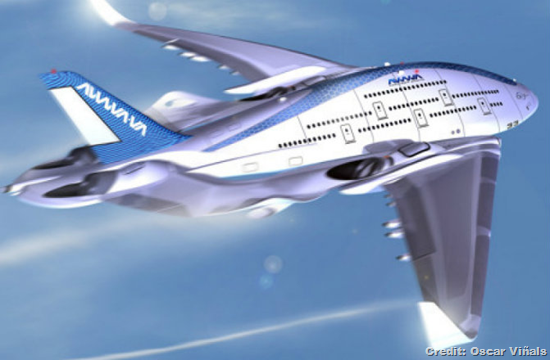
No comments:
Post a Comment
Please adhere to proper blog etiquette when posting your comments. This blog owner will exercise his absolution discretion in allowing or rejecting any comments that are deemed seditious, defamatory, libelous, racist, vulgar, insulting, and other remarks that exhibit similar characteristics. If you insist on using anonymous comments, please write your name or other IDs at the end of your message.